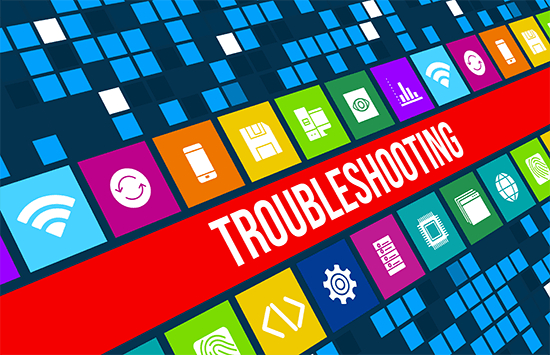When choosing a web host you need to consider email. Hosting providers often host your emails and accounts along with your website. Sometimes people will choose to host only their email if they want a professional email addresses but do not want to bother with maintaining a website.
Setting up email can be confusing as there are different types of email you can choose from. These are POP 3, IMAP, and Exchange, and like most aspects of your hosting, what you need is dependent on how you plan to use your email.
Table of Contents
POP 3 And IMAP Email Protocols
Both POP 3 (Post Office Protocol) and IMAP (Internet Messaged Access Protocol) are protocols or technologies that enable you to download email messages directly to your computer or device.
These emails can be read by software like Outlook (PC) or Mail (Mac). However, other software like Roundcube and Horde email are web-based and built right into your account’s cPanel, preventing the need to configure additional email clients.
The main difference between the two of these protocols comes down to syncing between devices. Simply put, IMAP syncs any changes you make to your emails, and POP 3 does not. If you are using POP 3 and download your emails to a smartphone and then delete them, you will only be deleting from your smartphone. They will still exist on the server that they are hosted. IMAP, on the other hand, would reflect the changes of those deleted emails as well as other actions like marking emails as read or unread.
Choosing POP 3 Or IMAP For Your Email Accounts
In my experience, POP 3 cause trouble. I’ve set up POP 3 email accounts and allocated a set amount of storage space for my website clients, but less tech savvy customers would struggle to understand that when they delete an email on their laptop, it still exists elsewhere on the server.
This results in emails not being cleaned out and eating up vital storage space for the account (email storage space shares the same quotas as your website files). Eventually, that space would fill up completely, and from my client’s point of view, their email would have suddenly stop working. I tend to see POP 3 as outdated, and given the option, I always choose IMAP.
Compelling arguments for POP 3 are that a backup is available of your emails until you delete it on all devices. I have also met people who use POP 3 as a way to increase their storage by letting important emails download to their device and deleting from the server.
I have given this a try for myself, and it works until you want emails on multiple devices. The situation became unmanageable, and emails could be found on one device but not the other.
Another related protocol you are likely to come across is SMTP (Simple Mail Transfer Protocol), this is a protocol used for sending email across servers ready to be retrieved by the POP 3 or IMAP email program of choice.
Migrating from POP 3 to IMAP
If you already have hosted email but are looking for new hosting, you may be interested also in migrating your existing POP 3 account to IMAP. This can also be an option if you are staying with your current host. If you are making this migration be aware that folder structures will not be preserved. If you want to keep them, then log into your new IMAP and recreate the folder structure.
Exchange Mail Alternative
Setting up exchange mail is more advanced than POP 3 and IMAP. Exchange mail uses an external provider like Office 365 to handle your emails for you. This requires setting up DNS to route to your server — which is easier to understand than it sounds.
The biggest benefit of exchanges is that changes made to your email happen in real time. Switching between tablet, smartphone, and desktop is a seamless experience. Unfortunately, this is also the costliest option. When purchasing your exchange email, you will buy a mailbox linked to a single email address. Each email address you use will likely be chargeable depending on your option.
In my experience, I can get by with IMAP for personal use, but for businesses, I like to use Exchange. I have to admit that I didn’t start with Exchange. It’s one of those things that I was able to grow into.

